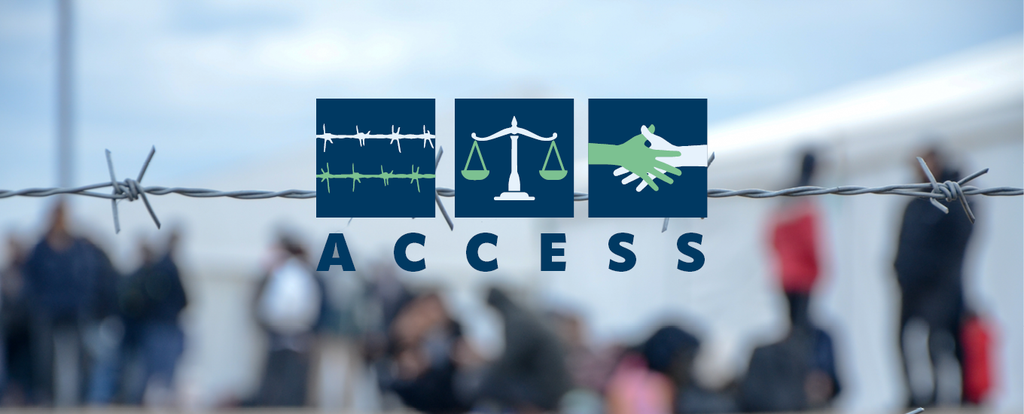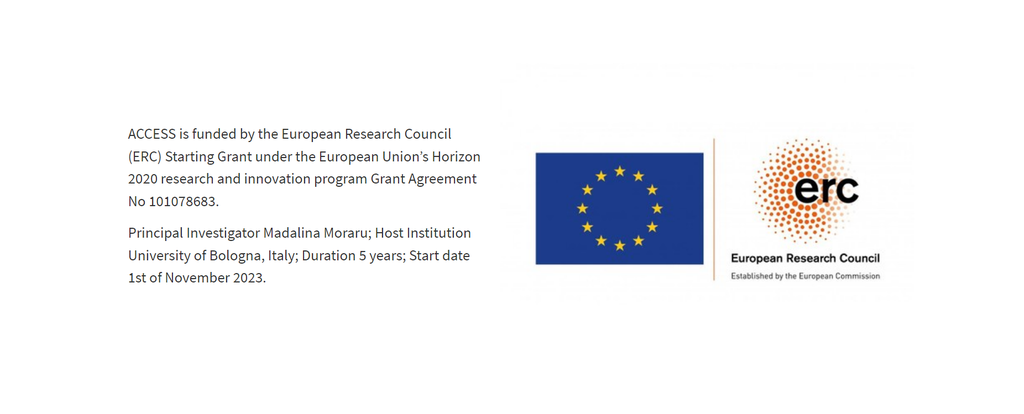Homepage
ACCESS main pillars
The number of asylum seekers is at a historical high and is likely to increase further over the next decade. Nevertheless, access to asylum is limited by similar barriers being developed by States and regional organisations across the globe, such as push and pull-backs, walls and fences, border detention centres and externalisation of asylum processing. This threatens the entire global refugee system, which cannot function in the absence of effective access to asylum.
ACCESS seeks to understand if courts around the globe have systematically yielded similar or different interpretations on the compatibility of legal and physical barriers with the Refugee Convention.
Taking a comparative socio-legal approach, ACCESS will analyse the role of courts in interpreting the right to asylum. The focus will be on identifying discernible patterns in the courts’ decisions related to barriers to asylum (whether judgments contribute to restricting or expanding access to asylum), the socio-legal factors influencing courts’ decision-making, and on how courts have developed international refugee law in response to these barriers.

